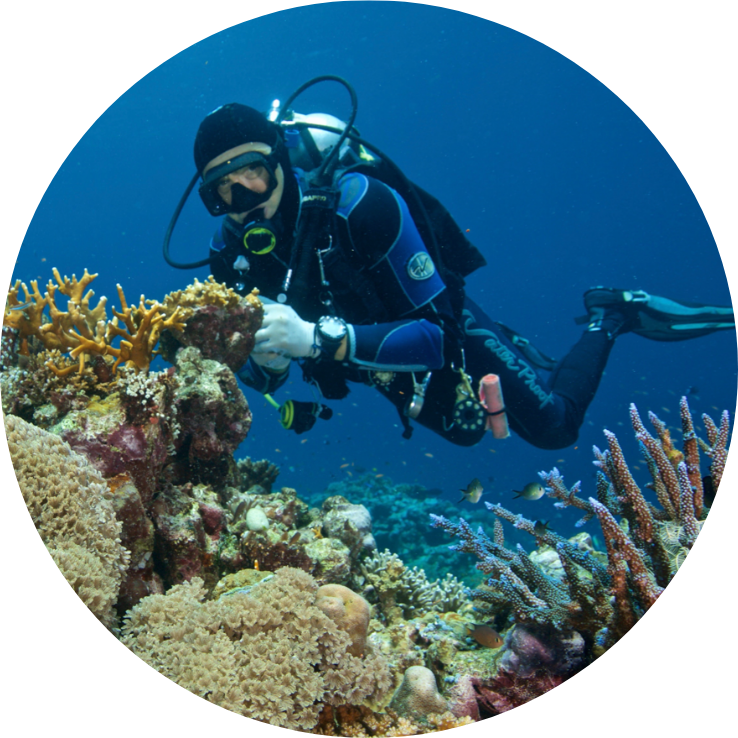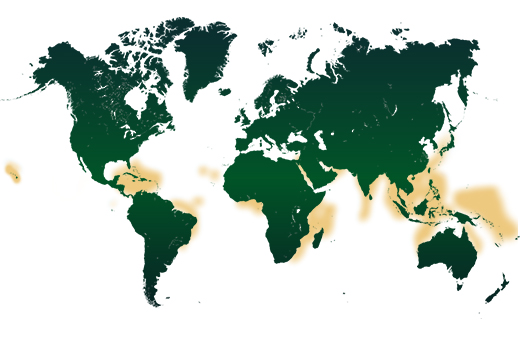Coral Reef Ecology & Biodiversity

Although they cover less than 0.1% of the earth’s surface, coral reefs are the most biodiverse marine ecosystem in the world.
Coral reefs are home to:
- 4,000 species of reef fish
- 840 species of corals
- Over 1 million species of other animals
Where are corals located ?
Coral reefs can be found in tropical destinations around the world, mostly in areas around the equator where the water is warmer. More than 100 countries have a coral reef within their borders, and over half of the world’s coral reefs are found within six countries: Australia, Indonesia, Philippines, Papua New Guinea, Fiji, and the Maldives.
Coral reefs are at the center of many coastal and island cultures worldwide. For example, in the Kumulipo, the Hawaiian creation chant, the coral polyp was the first organism created, and from that, all other life forms sprung forth.
Though coral reefs face numerous threats, we can save them by keeping them healthy.
Why are coral reefs so important?
- 275 million people live within 19 miles (30km) of coral reefs.
- Over 100 countries benefit from the recreational value of coral reefs.
- 350 million people travel to coral reefs each year.
How Reefs are Formed
Scientists generally agree on four different coral reef classifications: fringing reefs, barrier reefs, atolls, and patch reefs.
Barrier reefs also parallel the coastline but are separated by deeper, wider lagoons. At their shallowest points, they can reach the water’s surface forming a “barrier” to navigation.
Atolls are rings of coral that create protected lagoons and are usually located in the middle of the sea. Atolls usually form when islands surrounded by fringing reefs sink into the sea or the sea level rises around them.
Patch reefs are small, isolated reefs that grow up from the open bottom of the island platform or continental shelf. They usually occur between fringing reefs and barrier reefs. They vary greatly in size, and they rarely reach the surface of the water.



Comments